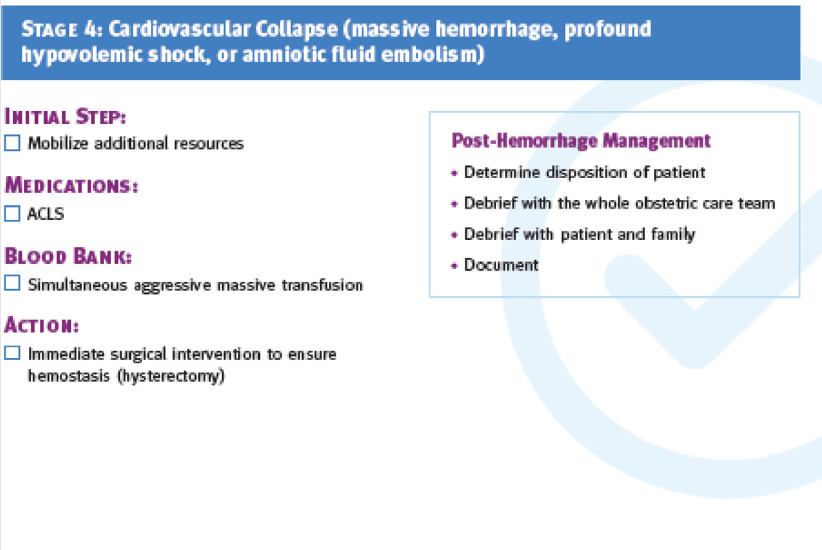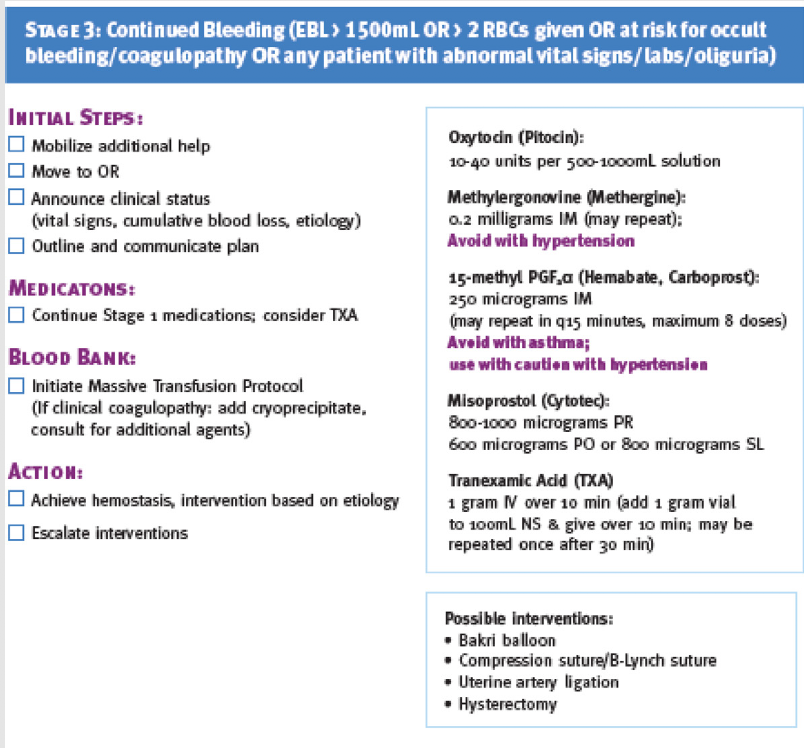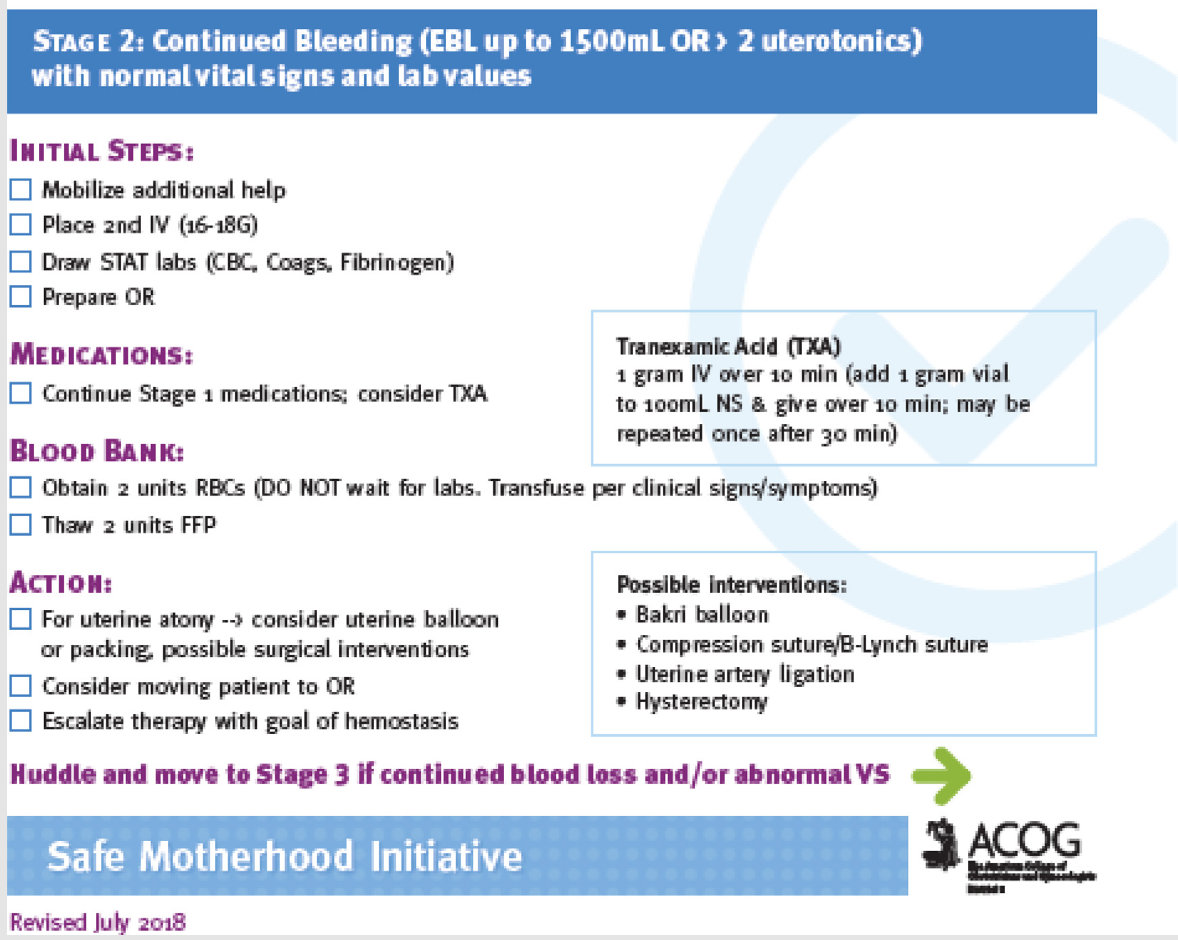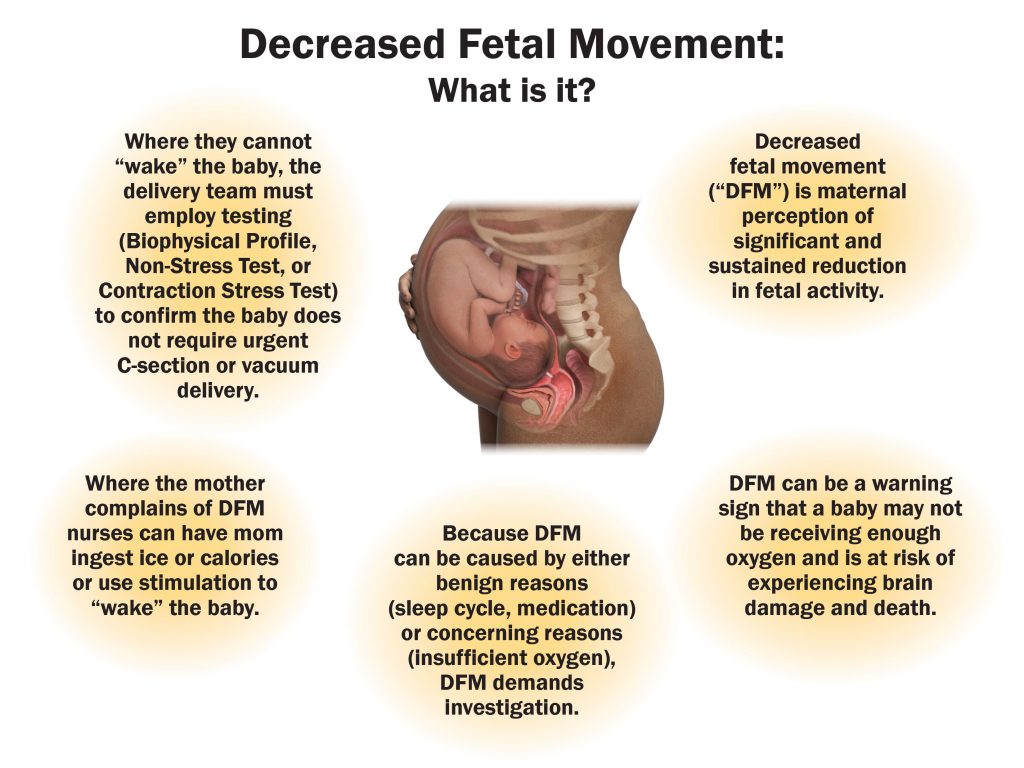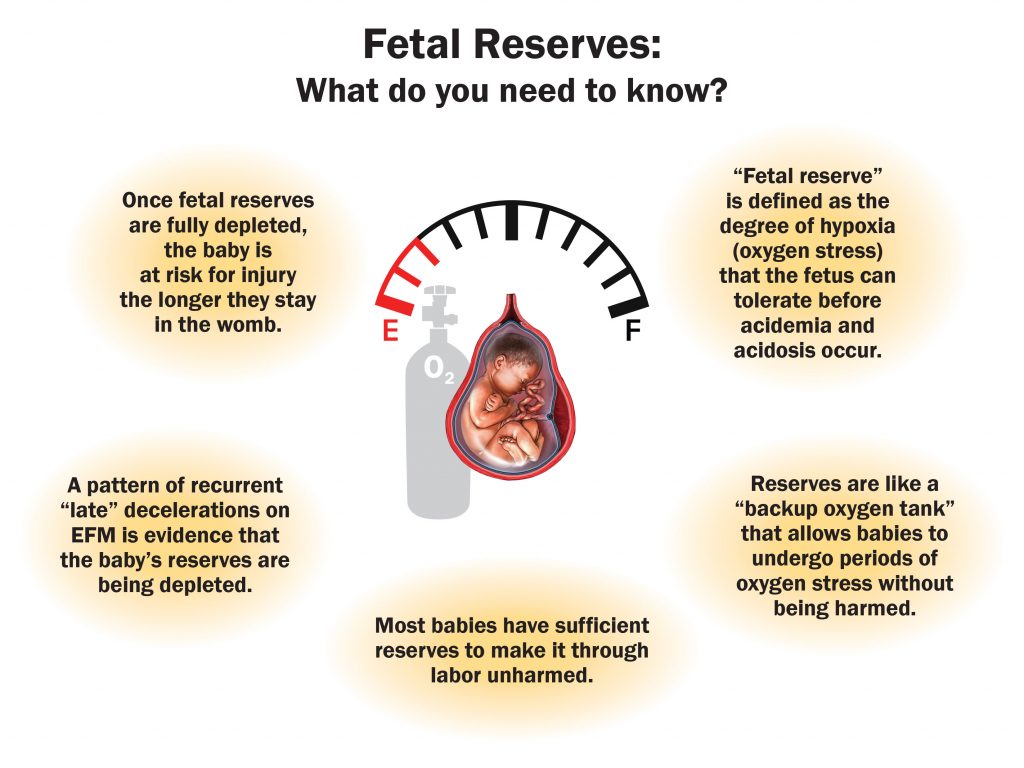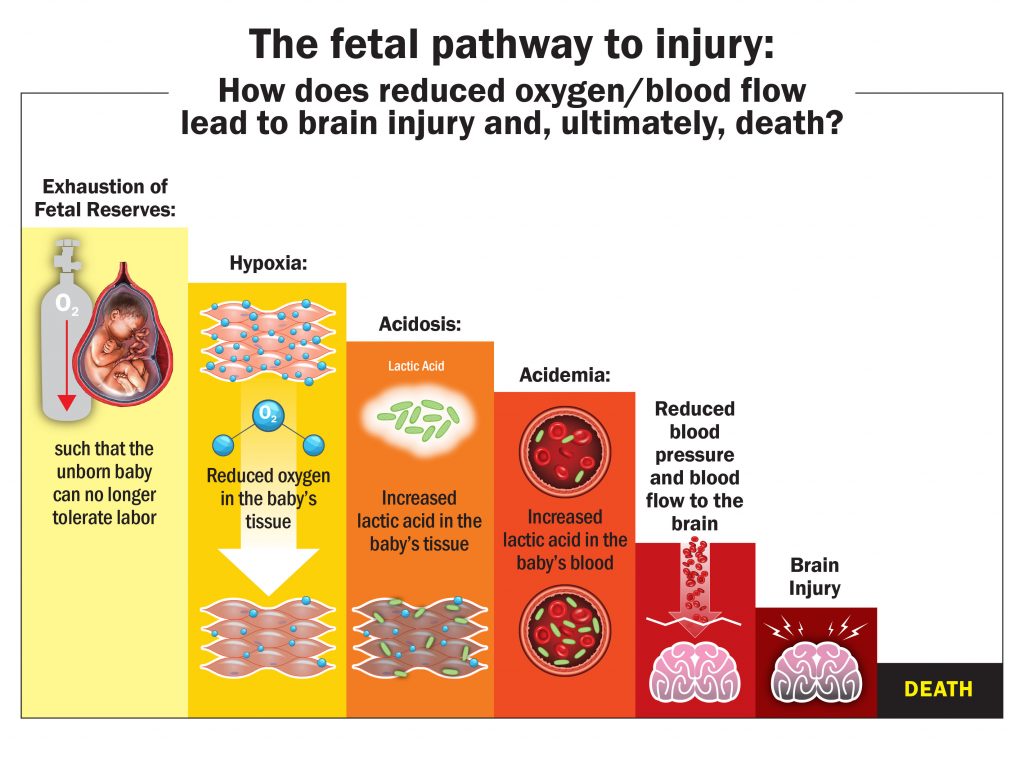(The following article was written by Nelson Tyrone for publication in Verdict: The Journal of the Georgia Trial Lawyers Association. It is presented in 3 parts. See below for Part 2 of 3)
II. USING RE-ENACTMENT AND ACTION IN TRIAL TO LET THE JURY “SEE” NATHAN’S STORY
A. The Story of Why Nathan Didn’t Cooperate with the Police: Cross Examination of the Detective.
One of the things we had to explain in the case was why Nathan had refused to talk to the detective investigating his shooting. The Defense’s story at trial was that Nathan knew his attackers or knew why he was attacked. Nathan’s refusal to cooperate with the police was an important chapter in that story.
During our work to discover Nathan’s story we had re-enacted the scene at Nathan’s hospital bed where the lead detective accused Nathan of knowing his attackers. During the re-enactment we saw Nathan’s struggle as a young black man trying to convince a veteran, white detective that he didn’t know his attackers. In our trial preparation we re-enacted this scene in a room with both lawyers and non-lawyers in the audience. As all of us watched the scene unfold, we could all see that this detective (because of who he was) was never going to “hear” Nathan (because of who he was).
To play this scene for the jury, I first called the detective to the stand during our case-in-chief. He looked like you would imagine: barrel-chested, cowboy boots, military haircut and a “swagger.” I let him tell his story that Nathan had “refused” to talk to him and had “made no effort” to help with the investigation.
Next, I called Nathan to the stand. During Nathan’s direct we set the scene of the hospital room and I “reversed roles” with the detective and cross-examined Nathan in the role of the detective, staying true to the tone and body language the Detective had shown from the stand. I asked Nathan to tell me the words the detective had used in interrogating him (“C’mon, you know who did this… You expect me to believe that … Who do you think you’re fooling… I wasn’t born yesterday.”) I then took on the role of the Detective in questioning Nathan and fed the words back to him the way the detective had. I cut off every attempt Nathan made to answer my questions. I told him “I wasn’t born yesterday.” And I did this with a volume and tone of voice that mirrored what we might expect from the detective whom we had just met. Having “seen” the detective’s interrogation of Nathan in the hospital room, the jury understood why Nathan (or any of us) might have refused to talk to that detective.
B. Re-Enacting Nathan’s Future Life in a Wheelchair.
Nathan’s doctors testified that Nathan faced the possibility of being confined to a wheelchair 20 years post-injury. I needed for the jury to “see” Nathan’s life in a wheelchair without breaking the promise I made to them in opening statement that I would not try to appeal to their sympathy. I used the opportunity to have Nathan narrate his “Day in the Life” video to put Nathan in a place where the jury could “see” him in a wheelchair.
When we showed the Day in the Life video I asked for permission for Nathan to come down from the witness stand to narrate the video. Because he has trouble standing, I asked for permission to allow him to sit as I questioned him. Nathan came down from the witness stand and sat in a chair next to the jury. And as I questioned him and he narrated the video, I stood behind Nathan with my hands on his shoulders, just as a caregiver would. I stayed with Nathan like this for 30 minutes as I questioned him. There was something very palpable about having him sit in a chair as he answered questions about his life and his fear about the future. In a very real way, I believe it allowed the jury to “see” Nathan in the wheelchair his doctors said was waiting for him.
At one point during the video Nathan remarked that he had “never seen how he walked” before. When he said this, a member of the jury responded out loud “You walk just fine.” That was the moment when I felt the jury was going to take care of Nathan.
(continued – See Friday Oct. 19th for Part 3)


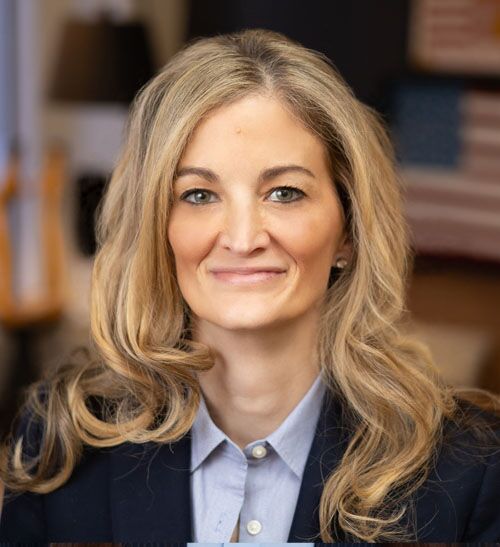

 Hayley serves as a Labor and Delivery Nurse Consultant for the Tyrone Law Firm. She attended and graduated Cum Laude from the University of Georgia in 2004 with a Bachelor of Arts degree in Journalism/Public Relations. After graduation she moved to the gulf coast where she pursued a career in real estate and development.
Hayley serves as a Labor and Delivery Nurse Consultant for the Tyrone Law Firm. She attended and graduated Cum Laude from the University of Georgia in 2004 with a Bachelor of Arts degree in Journalism/Public Relations. After graduation she moved to the gulf coast where she pursued a career in real estate and development.
